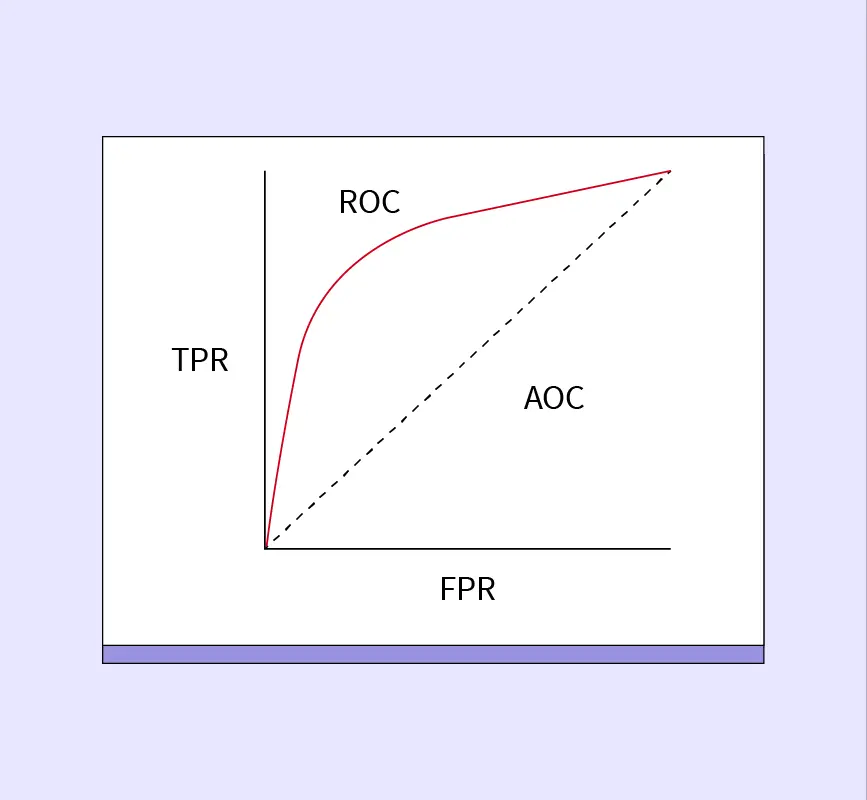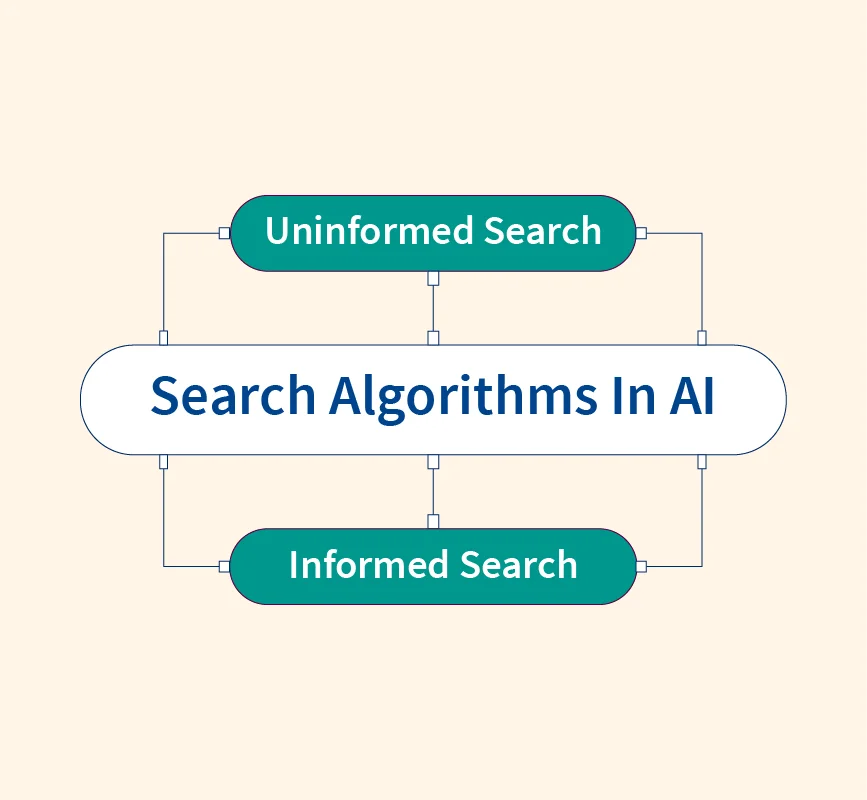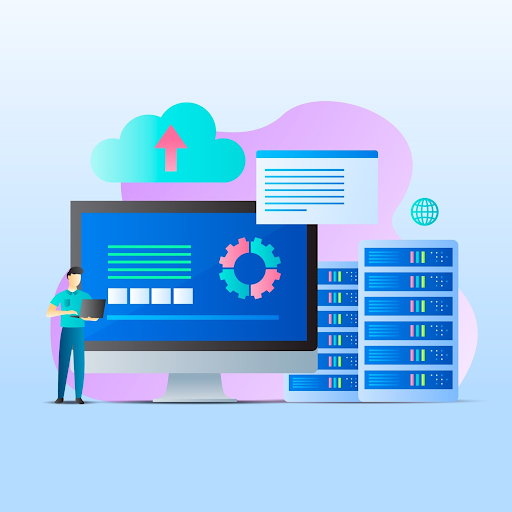Data mining is the backbone of today’s data-driven industries, enabling organizations to uncover valuable patterns, trends, and actionable insights from vast datasets. By leveraging advanced techniques and algorithms, businesses can optimize decision-making, improve operations, and gain a competitive advantage in an increasingly complex marketplace.
Understanding data mining techniques is crucial for professionals and businesses aiming to maximize their data’s potential. Whether it’s predicting customer behavior, identifying fraud, or enhancing marketing strategies, these techniques provide effective solutions to real-world challenges.
This guide explores the core data mining techniques and their practical applications across industries such as retail, healthcare, and finance. By mastering these methods, businesses can unlock innovation and stay ahead in a highly competitive, data-centric environment. Whether you’re a professional or a business leader, this resource offers actionable insights to help you harness the true power of data mining.
What Is Data Mining?
Data mining is the process of extracting meaningful patterns, trends, and insights from large datasets using advanced statistical, mathematical, and machine learning techniques. By analyzing raw data, data mining helps organizations uncover hidden relationships and transform information into actionable knowledge, enabling them to make data-driven decisions.
The relevance of data mining lies in its ability to process massive amounts of data accurately and efficiently. It is widely applied in real-world scenarios across various industries. For example, in retail, businesses use data mining to analyze customer purchase behavior and optimize product recommendations. In healthcare, it aids in identifying disease patterns and improving patient care through personalized treatment plans. In finance, data mining plays a crucial role in fraud detection, risk assessment, and credit scoring.
As industries increasingly rely on data, data mining continues to be a vital tool for innovation and strategic decision-making.
Data Mining Techniques
Data mining techniques are the backbone of data-driven decision-making, enabling businesses to extract actionable insights from vast datasets. Each technique is tailored to address specific challenges, such as categorizing data, predicting future outcomes, or detecting anomalies. Below, we explore some of the most commonly used data mining techniques, their purposes, and real-world applications.
Classification
Classification is a supervised learning technique used to organize data into predefined groups or categories. This method is especially valuable in scenarios where predicting categorical outcomes is essential, such as determining whether an email is spam or legitimate.
Popular algorithms used for classification include:
- Decision Trees: A visual tool that maps decision-making paths, offering an intuitive way to classify data. It’s commonly used for tasks like medical diagnosis and customer segmentation.
- Random Forest: This algorithm enhances accuracy by combining the results of multiple decision trees, making it robust for complex datasets.
- Support Vector Machines (SVM): Ideal for distinguishing between highly complex datasets, SVM finds the best possible boundary between classes.
For example, in the healthcare industry, classification helps diagnose diseases by analyzing symptoms and patient history. Financial institutions use it to assess loan eligibility, categorizing applications as approved or rejected. Retailers rely on classification for personalized marketing, such as recommending products based on browsing history.
The effectiveness of classification depends on high-quality input data and the selection of suitable algorithms. Preprocessing data, such as handling missing values and normalizing datasets, is crucial to ensure accuracy. Classification’s ability to deliver structured insights has made it a vital tool across industries.
Clustering
Clustering is an unsupervised learning technique that groups similar data points together based on shared attributes. Unlike classification, clustering does not rely on predefined labels, making it ideal for exploratory data analysis.
One of the most common applications of clustering is customer segmentation in marketing. Businesses use clustering to group customers based on purchasing behavior, enabling them to design personalized campaigns and offers. For instance, e-commerce platforms may segment users into high-value customers, budget shoppers, and occasional buyers.
Popular clustering techniques include:
- K-Means Clustering: This algorithm partitions data into a fixed number of clusters by minimizing the distance between data points and cluster centers.
- Hierarchical Clustering: This method builds a hierarchy of clusters, allowing analysts to determine relationships between groups.
Clustering is also used in healthcare to group patients with similar symptoms for tailored treatment plans and in social network analysis to identify communities within user networks.
Regression
Regression is a predictive modeling technique used to estimate continuous values based on historical data. It identifies relationships between dependent and independent variables, making it a cornerstone of forecasting.
For example, financial analysts use regression to predict stock prices and revenue trends, while marketers employ it to forecast campaign performance. In supply chain management, regression helps predict demand for products.
Linear Regression is the simplest form, fitting a straight line through data points to model relationships. More advanced methods, like Polynomial Regression, handle nonlinear relationships. Regression’s ability to deliver precise numerical predictions makes it indispensable for strategic planning.
Sequential Patterns
Sequential pattern mining identifies recurring patterns or trends in time-series data. It’s particularly useful for analyzing sequential or temporal datasets.
Retailers often use sequential patterns to study customer purchase behavior. For instance, they might discover that customers who buy smartphones are likely to purchase phone cases shortly afterward. This insight helps in optimizing product placements and marketing campaigns.
Sequential pattern analysis is also applied in telecommunications to analyze user behavior and in healthcare to track disease progression. By recognizing sequences in data, organizations can make informed predictions, refine strategies, and improve customer engagement.
Prediction
Prediction combines elements of classification and regression to forecast future outcomes based on historical data. This technique is widely used across industries to anticipate trends and make proactive decisions.
For example, subscription-based businesses leverage prediction to identify customers likely to churn, enabling them to implement retention strategies. Insurance companies use it to predict claim probabilities and optimize risk assessments.
By enabling organizations to foresee potential challenges or opportunities, prediction enhances strategic planning. Industries like retail, healthcare, and finance rely on this technique to stay competitive and maintain growth.
Association Rules
Association rule mining discovers relationships between variables in large datasets. It’s commonly applied in market basket analysis, a technique used to understand purchasing behavior.
For instance, retailers often find that customers buying bread are likely to purchase butter as well. Such insights enable businesses to design effective cross-selling strategies, create product bundles, and optimize inventory management.
Association rules are also used in healthcare to analyze treatment patterns and in marketing to uncover correlations in customer preferences. By identifying patterns of co-occurrence, association rule mining enhances decision-making and drives revenue growth.
Outlier Detection
Outlier detection identifies anomalies or unusual data points that deviate significantly from the norm. These anomalies often indicate potential risks or opportunities.
For instance, credit card companies use outlier detection to identify fraudulent transactions by flagging unusual spending patterns. In healthcare, it helps detect rare diseases or unexpected treatment outcomes, enabling timely interventions.
Outlier detection is also essential in manufacturing for quality control and in cybersecurity to identify unusual network activity. Its ability to pinpoint irregularities ensures data integrity and supports organizations in mitigating risks effectively.
Neural Networks
Neural networks are advanced AI-driven techniques modeled after the human brain’s structure and functionality. They excel at recognizing patterns in complex and unstructured datasets.
Applications of neural networks include image recognition, where they analyze visual data to identify objects, and natural language processing (NLP), which allows machines to understand and generate human language. For instance, virtual assistants like Siri and Alexa rely on neural networks to interpret voice commands and deliver accurate responses.
A subset of neural networks, deep learning, powers innovative solutions like autonomous vehicles, recommendation systems, and fraud detection. By mimicking human intelligence, neural networks enable organizations to tackle sophisticated challenges, driving efficiency and innovation in industries ranging from healthcare to finance.
Advantages and Disadvantages of Data Mining
Advantages
Data mining offers several advantages that empower businesses to thrive in competitive markets. By uncovering patterns and trends in data, it enables improved decision-making based on actionable insights. Organizations can optimize processes, allocate resources more effectively, and identify opportunities for innovation.
One significant benefit is enhanced efficiency in business operations. For example, supply chains can be streamlined using predictive analytics, reducing delays and costs. Additionally, data mining drives personalization by enabling businesses to deliver tailored recommendations, boosting customer satisfaction and loyalty.
Overall, data mining fosters strategic planning, operational excellence, and customer-centric growth.
Disadvantages
Despite its benefits, data mining has its challenges. One major concern is the risk of privacy breaches. Handling sensitive data without proper security measures can lead to violations, impacting customer trust.
Another limitation is the potential for biased or inaccurate results. Poor-quality data or flawed algorithms can result in misleading conclusions, affecting decision-making. Additionally, implementing data mining systems can be expensive, requiring significant investments in infrastructure, software, and expertise.
Organizations must address these challenges by prioritizing data security, ensuring data quality, and balancing costs with expected benefits to maximize the value of data mining initiatives.
Tools for Data Mining
Data mining relies on powerful tools that enable professionals to analyze and extract meaningful insights from complex datasets. Among the most widely used tools are Python libraries like Scikit-Learn and Pandas, which provide robust frameworks for data preprocessing, machine learning, and statistical analysis. Python’s versatility and ease of use make it a popular choice for data mining projects.
R Programming is another widely adopted tool, particularly favored for statistical analysis and data visualization. Its extensive library ecosystem supports a wide range of data mining tasks, from regression to clustering.
Commercial tools like RapidMiner and Tableau offer advanced features for businesses requiring comprehensive data mining solutions. RapidMiner excels in predictive analytics, while Tableau simplifies data visualization and reporting, making insights more accessible.
When comparing open-source tools like Python and R with paid tools, the former offers flexibility and cost efficiency, while the latter provides enterprise-level support and user-friendly interfaces. The choice depends on an organization’s technical expertise, budget, and project requirements.
Future Trends in Data Mining
The future of data mining is being shaped by emerging technologies and evolving industry demands. Deep learning is revolutionizing the field by enabling machines to analyze unstructured data such as images, videos, and text with unprecedented accuracy. Real-time data mining is another significant trend, allowing organizations to extract insights from live data streams, improving decision-making speed and agility.
The integration of big data and cloud technologies is transforming data mining by offering scalable solutions for handling massive datasets. Cloud platforms like AWS and Google Cloud enable businesses to perform data mining tasks efficiently without heavy investments in on-premise infrastructure.
However, as data mining capabilities grow, ethical considerations are becoming increasingly important. Ensuring data privacy, preventing algorithmic bias, and maintaining transparency in data use are critical challenges. Addressing these concerns will be essential for building trust and ensuring the responsible application of data mining in the future.
References –


